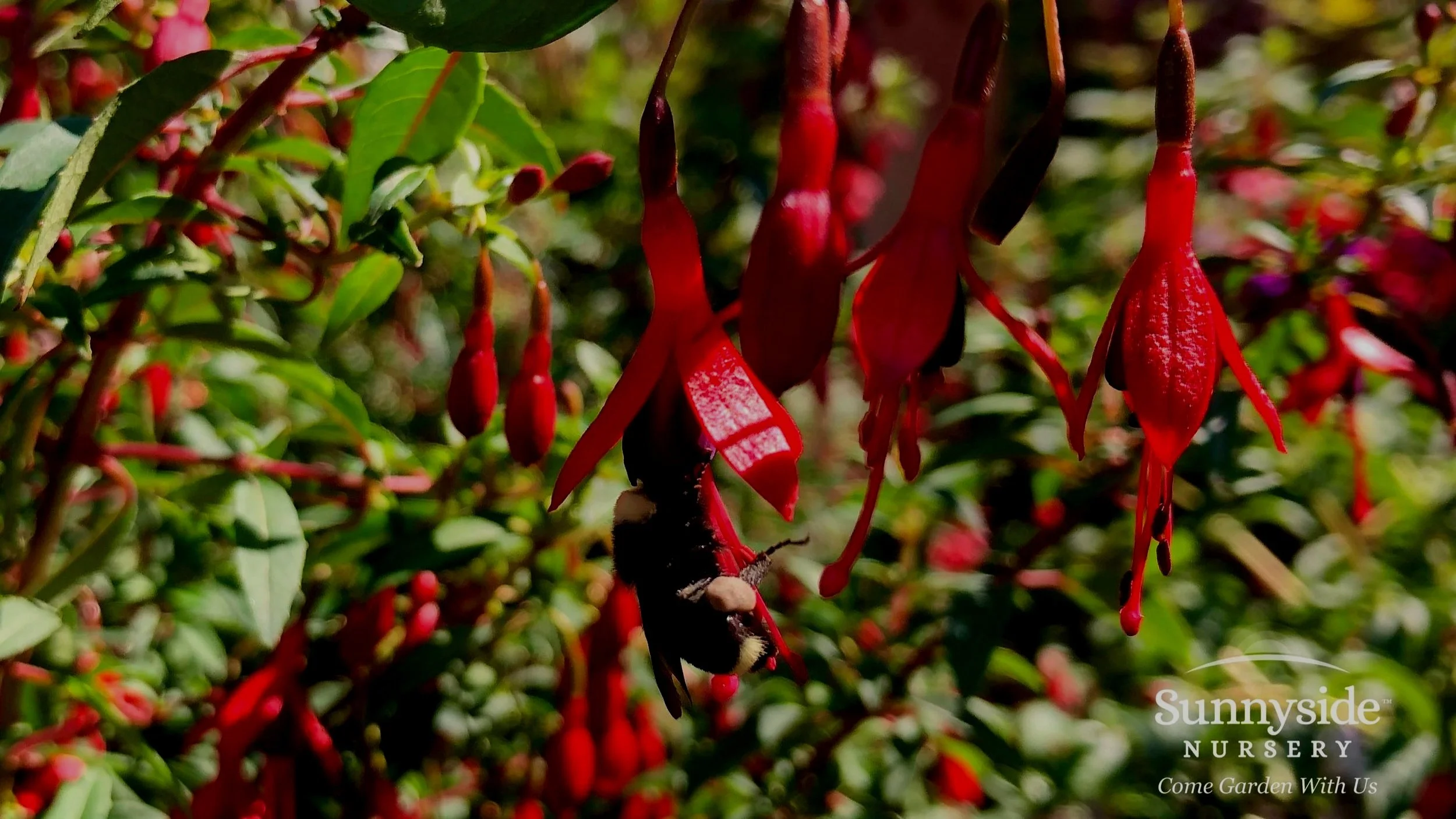The year was 1970 and I was just about to graduate from college with a degree in plant science. One of my job options was to go to work in Leucadia or Encinitas, California for one of the many foliage companies where plants like Spider Plants, Boston Ivy, Snake Plants, Aglaonema, and Prayer Plants, to name just a few, were propagated by the millions. These plants were sold all over the country to customers much like myself, young and idealistic and wanting to make the world a more loving place to inhabit.
Fast forward roughly 50 years and the houseplant revolution is back and going strong. In our garden center we have dedicated an entire greenhouse of 3,000 square feet to nothing but houseplants and all the paraphernalia that goes with them. Every time I walk through that space I am amazed by the variety and choices that homeowners can now avail themselves with compared to what was on the market 50 years ago. Here are four options that are favorites here at the nursery for you to consider…
Chlorophytum amaniense ‘Fire Flash’: Commonly known as the Mandarin Plant, this Spider Plant relative doesn’t send out shoots with baby spider plants on the ends, but rather forms a rosette of strap-like shiny green leaves with glowing orange stems, giving it an interesting, tropical touch to indoor spaces. Native to East Africa and introduced to North America in the 1990’s, it has steadily grown in popularity. In a home setting, give it bright but indirect light and grow it in a good quality potting soil, letting it dry out between waterings (in other words, don’t water until the top one inch of soil is dry and then soak it thoroughly). Like Spider Plants, the edges of the leaves will burn if it is too sunny or sometimes if the water is too high in chlorine and/or fluoride. Otherwise, it is an easy-care plant.
Cissus tetrastigma (Tetrastigma voinierianum): Commonly known as Chestnut Vine or Lizard Vine, it is a vigorous vine with coarsely divided leaves that can make an impact in any home setting. Native to Vietnam where it can ramble through the jungle at a rate of 50 feet per year, in a home it will often grow 12 inches per month, using its tendrils to attach itself to blinds or curtain rods. Be prepared to keep your pruners sharp and handy to keep it in line! Like so many houseplants, let it dry out between waterings and then give it a good soaking, letting the excess drain off so the roots are not sitting in saturated soil. Keeping the humidity up will help discourage insects too.
Aralia Fabian (stump): “Polyscias scutellaria” is a funky indoor shrub with a thick, stocky stem and round leaves. I think of it as more architectural rather than foliar. In its native environment of the Pacific Islands, it can grow 10 to 12 feet tall, but in the house it has to be treated almost like a bonsai with careful watering (keep it very dry) and high light. Think of it as a piece of furniture that will thrive on neglect.
Cordyline fruiticosa (Hawaiian Ti): It has stunning foliage with shades of pale pink, green, purple or deep red, depending on the cultivar. It does require bright light to maintain its foliage colors. Water the plant when the top of the soil feels dry.
November is the perfect time to get out of the cold, wet weather and explore the warm and humid climate of a tropical greenhouse. Feast your eyes on the many choices of leaf colors, blooms, growth habits, and unique offerings available to plant keepers today. Take a few home and start your own jungle, just in time for winter. Stay safe and keep on gardening!




